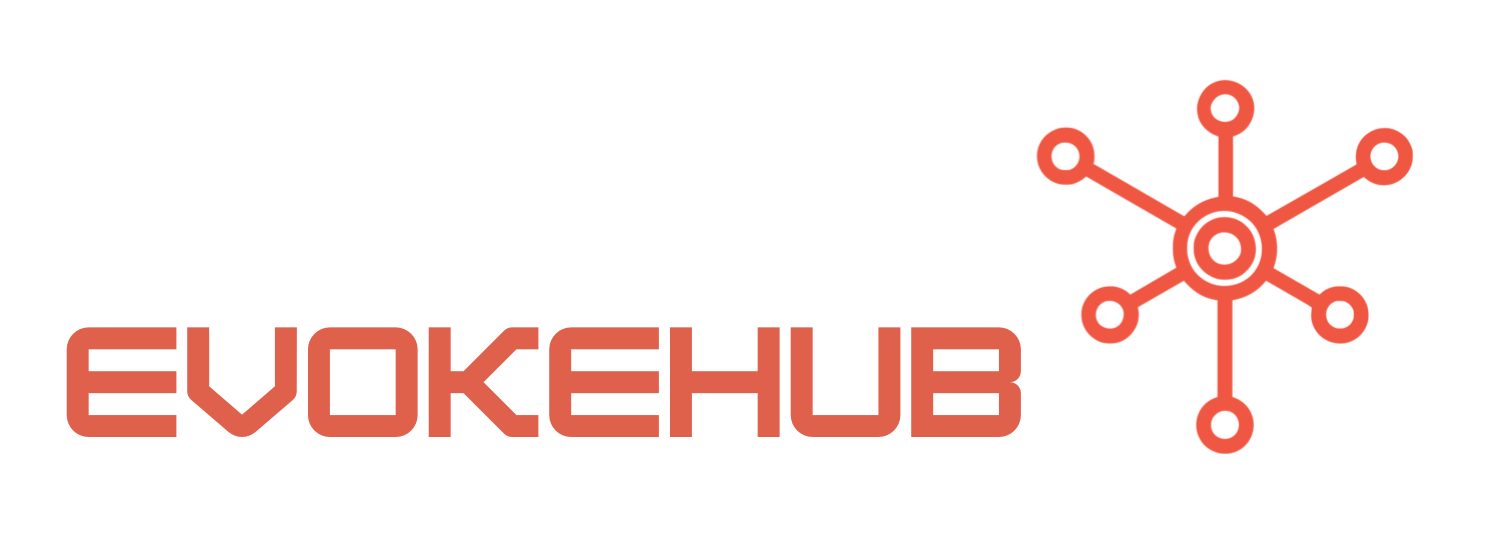Essential Strategies for Effective Feature Toggle Management
One of the most important strategies for effective feature toggle management is to establish clear ownership and documentation. Assigning ownership ensures accountability, as specific team members can monitor the lifecycle of each toggle. Documentation is equally important; it allows team members to understand the purpose and state of each toggle, reducing confusion and enhancing collaboration. Employing a centralized system for documentation, such as Confluence, can provide a shared space for teams to update and review toggle statuses, ultimately improving decision-making regarding features.
Another critical aspect is adopting a clear naming convention for toggles. Descriptive and consistent naming helps developers comprehend the purpose of a feature at a glance. For example, rather than naming a toggle simply FeatureX, a more descriptive name like EnableUserProfileFeature provides immediate context. Additionally, categorizing toggles based on their functionality or maturity (e.g., experimental, stable, deprecated) can improve organization and facilitate better tracking of their usage and lifecycle management. Tools like LaunchDarkly offer features for tagging and categorizing toggles, making it easier to manage complex applications.
Finally, regular auditing and cleanup of feature toggles is essential to maintain a clean codebase. Unused or old toggles can lead to technical debt, complicating the code and affecting performance. Establish a routine to review and deprecate toggles that are no longer in use or have been fully integrated into the application. Automated tests can also help identify toggles that are not being exercised, further supporting the cleanup process. By fostering a culture of discipline around feature toggles, teams can ensure their software remains efficient and maintainable.
Implementing Robust Practices in .NET Development Environments
In .NET environments, using libraries and frameworks designed for feature toggles can streamline implementation and management. Libraries such as FeatureToggle or FluentFeatureToggle offer built-in functionalities that simplify the creation, management, and evaluation of toggles. Integrating these libraries with existing .NET projects can reduce the overhead associated with managing toggles manually and enhance system performance. Additionally, leveraging dependency injection can help manage the lifecycle of these toggles more effectively within your application.
It is also essential to incorporate feature toggles into your CI/CD pipeline. By integrating toggles into continuous integration workflows, you can control which features are available in specific environments, further facilitating testing and deployment processes. Tools like Azure DevOps allow for seamless integration with .NET applications, enabling teams to run tests against various toggle configurations. This practice not only enhances the testing process but also helps in identifying potential issues before features are fully rolled out to users.
Lastly, consider implementing monitoring and analytics around your feature toggles. Understanding user interactions with toggled features can provide valuable insights into their effectiveness and usage. By using tools such as Application Insights or Google Analytics, teams can track how often features are used and gather feedback on their performance. This data-driven approach helps in making informed decisions about retaining, modifying, or removing toggles, ensuring that the development process remains agile and focused on user needs.
In conclusion, managing feature toggles in .NET development requires a blend of strategic ownership, clear documentation, and the application of robust practices. By implementing strong management strategies and leveraging tools designed for feature toggles, development teams can enhance their workflow, reduce technical debt, and create a more responsive software ecosystem. As organizations continue to prioritize agility and responsiveness in their development cycles, mastering feature toggle management will be key to delivering high-quality software efficiently.




